Teeth Whitening Options: Find the Best Solution for a Brighter Smile

Everyone loves the confidence that comes with a bright, white smile, but with so many teeth whitening options available, it can be difficult to know which method is best for you. From over-the-counter whitening strips to professional in-office treatments, each option has its benefits and potential drawbacks, depending on your needs, budget, and the condition of your teeth.
In this comprehensive guide, we’ll explore the most popular teeth whitening methods, how they work, and how to choose the best option for achieving the bright smile you’ve always wanted. We’ll also address concerns such as tooth sensitivity and how to maintain your results for longer-lasting whiteness.
Why Teeth Become Discolored
Before diving into the different whitening options, it’s helpful to understand why teeth become discolored in the first place. There are two main types of staining:
1. Extrinsic Stains
Extrinsic stains are surface-level stains that affect the enamel, the outermost layer of the teeth. These stains are caused by external factors like:
- Foods and drinks (coffee, tea, red wine, berries)
- Tobacco use (smoking or chewing)
- Poor oral hygiene
These stains are usually more manageable with whitening treatments and proper care.
2. Intrinsic Stains
Intrinsic stains occur deeper within the tooth’s structure (the dentin) and are often harder to remove. They can be caused by:
- Aging (as enamel wears down, dentin becomes more visible)
- Medications (such as tetracycline)
- Trauma to the tooth
- Excessive fluoride exposure during childhood
Intrinsic stains usually require more intensive whitening solutions, such as professional treatments.
Learn more about the different types of tooth stains and how they impact whitening results.
1. Over-the-Counter Whitening Products
Over-the-counter (OTC) whitening products are readily available, affordable, and easy to use, making them a popular choice for at-home teeth whitening. However, the effectiveness of these products can vary depending on the severity of your stains and how regularly you use them.
Whitening Strips
Whitening strips are thin, flexible plastic strips coated with a peroxide-based gel that adheres to the teeth. They are typically worn for 20-30 minutes a day, and results can be seen in about 1-2 weeks.
Pros:
- Affordable and widely available.
- Easy to apply at home.
- Noticeable results in a short amount of time.
Cons:
- May cause tooth sensitivity.
- Results may be uneven if the strips do not fully cover each tooth.
- May not be effective on intrinsic stains.
Internally link: Read more about the proper usage of whitening strips for the best results.
Whitening Toothpaste
Whitening toothpaste contains mild abrasives that help remove surface stains over time. It can also include low concentrations of bleaching agents like hydrogen peroxide or special polishing agents.
Pros:
- Affordable and easy to incorporate into your daily routine.
- Gradually lifts surface stains.
- Widely available.
Cons:
- May take several weeks or months to see noticeable results.
- Not as effective on deeper stains or severe discoloration.
- Frequent use may cause enamel wear if the toothpaste is too abrasive.
Whitening Mouthwash
Whitening mouthwash is another at-home option that can help remove surface stains. It contains a mild bleaching agent and can be used as part of your daily oral hygiene routine.
Pros:
- Easy to use and incorporate into your routine.
- Helps freshen breath while gradually whitening teeth.
Cons:
- Takes longer to see results compared to other methods.
- Not strong enough for deep stains.
Internally link: Explore more about at-home whitening options to find the right product for you.
2. Custom Whitening Trays
Custom whitening trays are an at-home solution provided by your dentist. They are custom-made to fit your teeth precisely, ensuring even contact with the whitening gel.
How It Works
Your dentist will take impressions of your teeth to create custom trays. You’ll be provided with a professional-strength whitening gel, which is placed in the trays and worn for a set period each day (usually 30 minutes to an hour). Over 1-2 weeks, you should start seeing results.
Pros:
- Custom-fit trays ensure even and consistent whitening.
- Stronger whitening gel than OTC products for faster, more noticeable results.
- Can be done in the comfort of your home.
Cons:
- More expensive than OTC products.
- Requires time and commitment for daily use.
- Potential for sensitivity, especially with higher concentrations of peroxide.
Internally link: Learn more about the benefits of custom whitening trays and how they compare to OTC products.
3. Professional In-Office Whitening
For the fastest and most dramatic results, professional in-office whitening is the gold standard. This method is done at your dentist’s office and uses a much stronger concentration of hydrogen peroxide than over-the-counter options, often combined with light or laser activation to enhance the results.
How It Works
Your dentist will apply a protective barrier to your gums to shield them from the bleaching agent. Then, a high-concentration peroxide gel is applied to your teeth. A special light or laser may be used to activate the whitening agent, speeding up the process.
Pros:
- Immediate, dramatic results—your teeth can be up to 8 shades whiter in just one session.
- Professional application ensures even results with minimal risk.
- Ideal for both extrinsic and intrinsic stains.
Cons:
- The most expensive whitening option.
- Potential for short-term tooth sensitivity after the treatment.
- Requires an in-office visit, typically lasting 60-90 minutes.
Discover how professional whitening treatments work and what to expect from the process.
4. Whitening Pens
Whitening pens are portable and convenient tools for on-the-go touch-ups. They contain a whitening gel that is painted onto the teeth, usually containing a lower concentration of peroxide.
Pros:
- Portable and easy to use for quick touch-ups.
- Affordable and available without a prescription.
Cons:
- Results are subtle and temporary.
- Not effective for deeper stains.
- Requires multiple applications to see significant changes.
5. Natural Whitening Remedies
Some people prefer natural teeth whitening remedies, like using baking soda, activated charcoal, or oil pulling with coconut oil. While these options may provide some improvement in removing surface stains, they are not scientifically proven to be as effective as peroxide-based treatments.
Pros:
- Inexpensive and uses ingredients you may already have at home.
- Gentle on enamel when used correctly.
Cons:
- Results are minimal and may take a long time to appear.
- Overuse (such as with baking soda) can erode enamel.
- Not effective on intrinsic stains.
Internally link: Read about the pros and cons of natural teeth whitening remedies and whether they’re worth trying.
How to Choose the Right Whitening Option for You
With so many teeth whitening options available, choosing the right one depends on several factors, including the type of stains you have, your budget, and your sensitivity level. Here are some key considerations:
1. The Severity of Stains
- For mild surface stains, over-the-counter products like whitening toothpaste or strips may be enough to brighten your smile.
- For deeper or intrinsic stains, professional in-office whitening or custom trays may be necessary to achieve significant results.
2. Sensitivity Concerns
If you have sensitive teeth, choose whitening products specifically formulated for sensitivity, or opt for professional whitening treatments where a dentist can monitor your comfort. Look for products with potassium nitrate or fluoride, which help reduce sensitivity.
3. Budget
- Over-the-counter options like whitening strips or toothpaste are the most budget-friendly, but may take longer to show results.
- Custom trays and professional treatments are more expensive but provide faster, more dramatic whitening effects.
4. Maintenance and Long-Term Results
Consider how often you’re willing to maintain your whitening results. Touch-up treatments may be necessary, especially if you regularly consume stain-causing foods or beverages.
Internally link: Read our detailed guide on choosing the best teeth whitening method based on your needs and lifestyle.
Maintaining Your Whitening Results
Once you’ve achieved your desired shade, it’s important to maintain your whitening results with the following tips:
- Avoid stain-causing foods and drinks like coffee, tea, red wine, and dark-colored berries. If you do consume them, rinse your mouth or brush your teeth afterward.
- Use a whitening toothpaste to help maintain the brightness of your smile.
- Drink through a straw to minimize contact between your teeth and dark beverages.
- Regular dental cleanings help remove surface stains and keep your teeth healthy and white.
Internally link: Learn more about how to maintain a bright smile after whitening for long-lasting results.
Conclusion
With various teeth whitening options available, there’s a solution for everyone, whether you’re looking for a quick fix with over-the-counter products or a dramatic transformation with professional treatments. Understanding the benefits and potential drawbacks of each method will help you make an informed choice for achieving the white smile you desire.
If you’re unsure which whitening method is best for you, consult with your dentist to discuss your options and ensure that your teeth are healthy enough for whitening.
Related Posts You Might Like:
- Best Whitening Methods for Sensitive Teeth
- How to Maintain Your Smile After Whitening Treatments
- Do Whitening Strips Really Work? A Closer Look


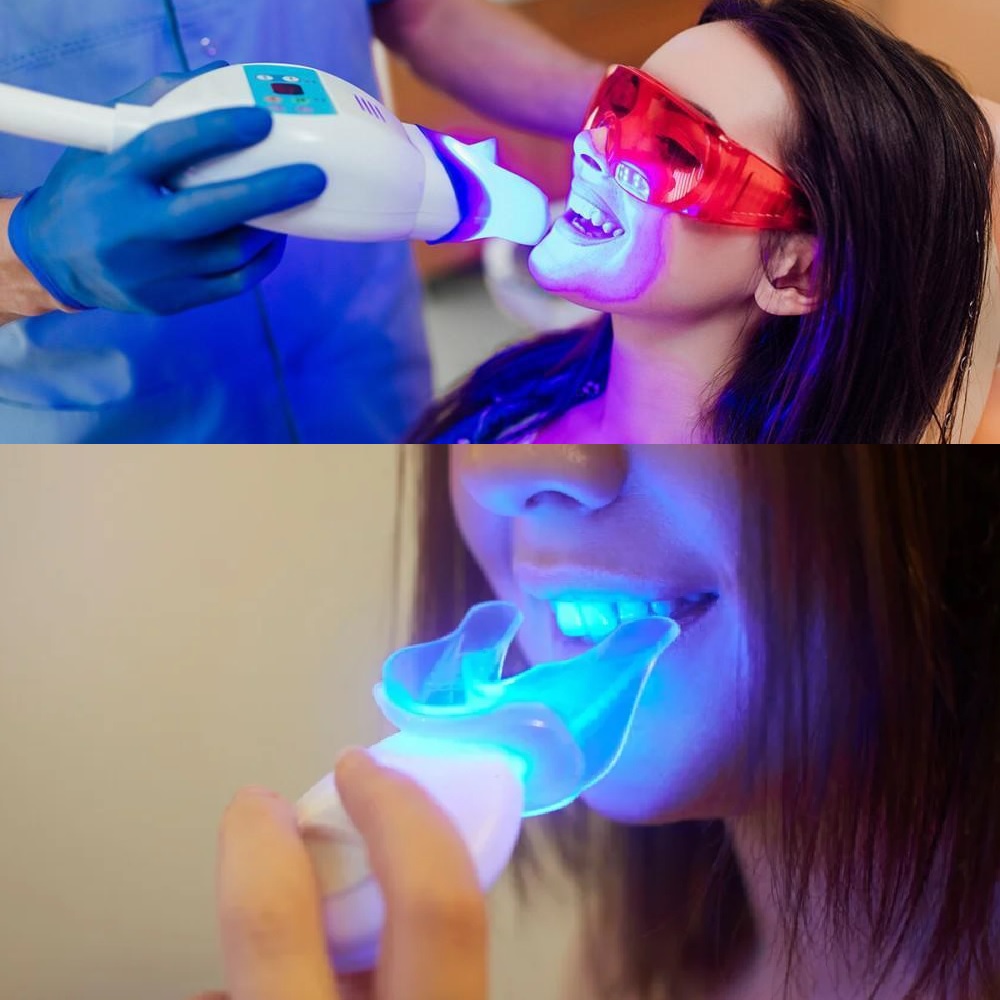
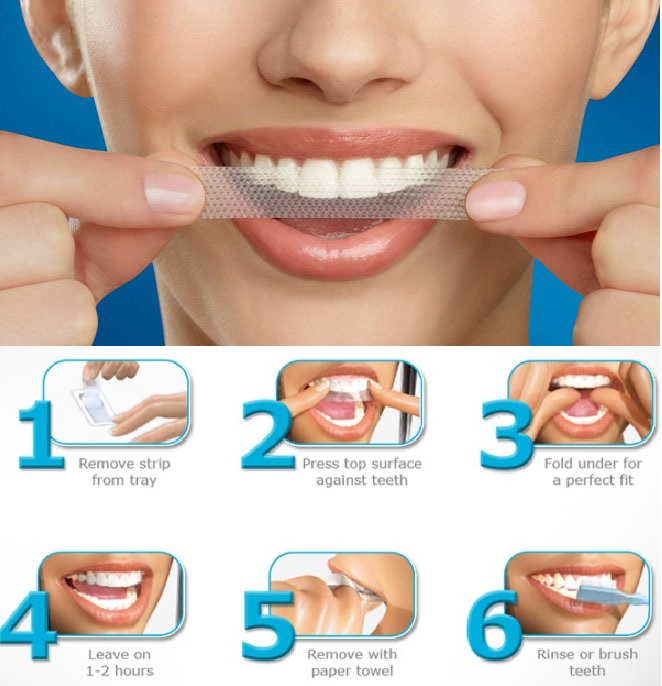
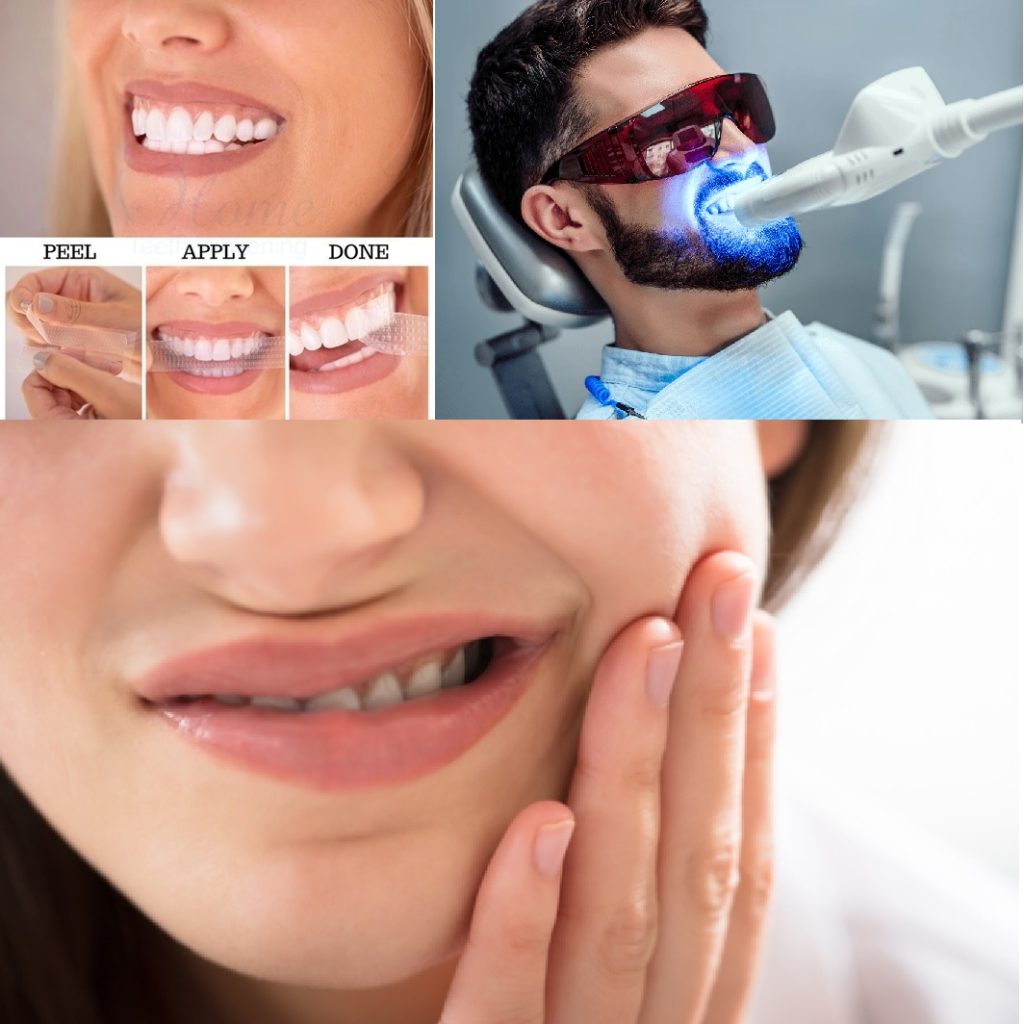

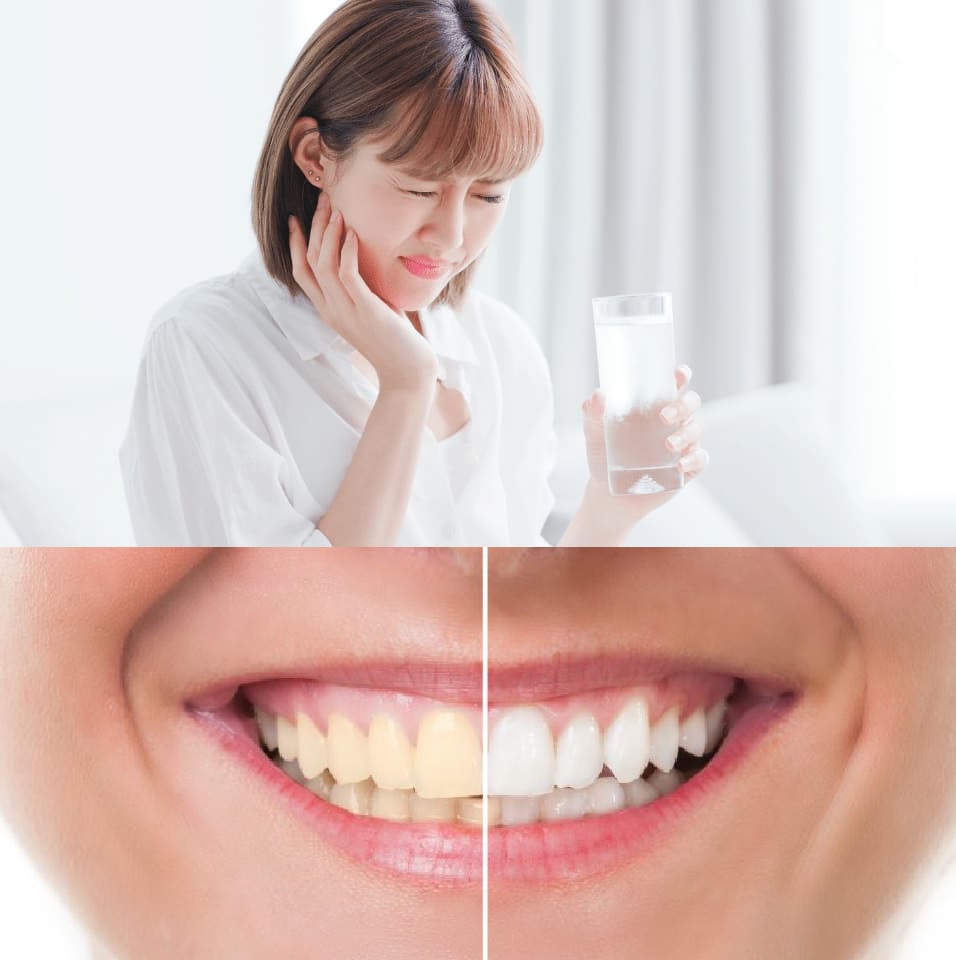
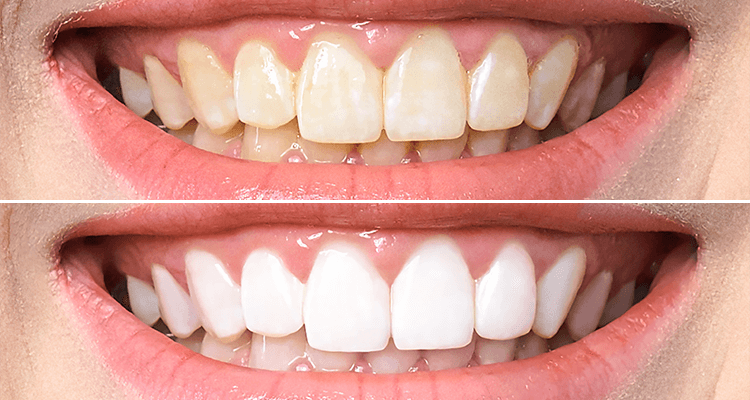
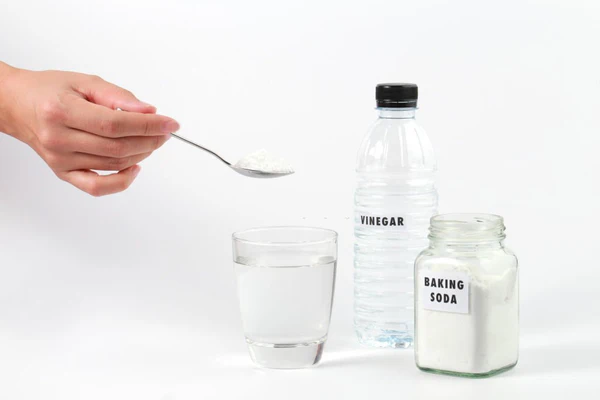

0 Comments on “Teeth Whitening Options: Find the Best Solution for a Brighter Smile”